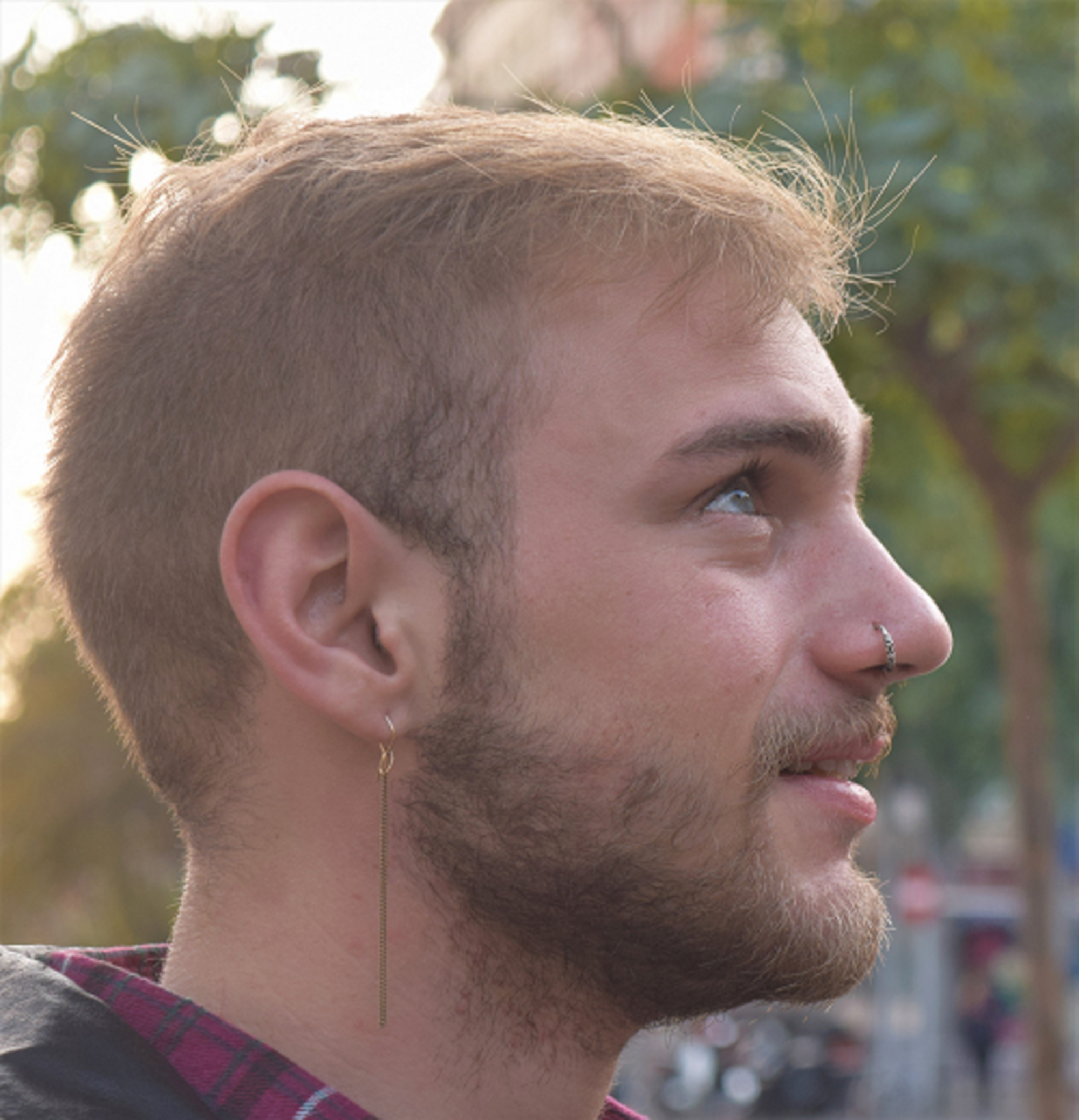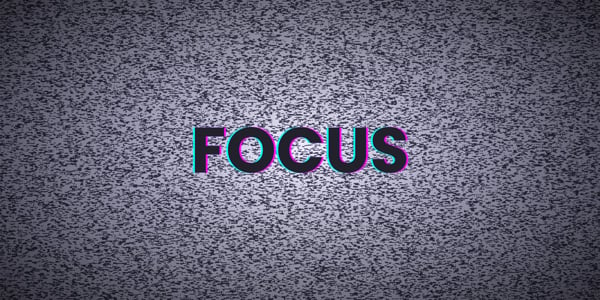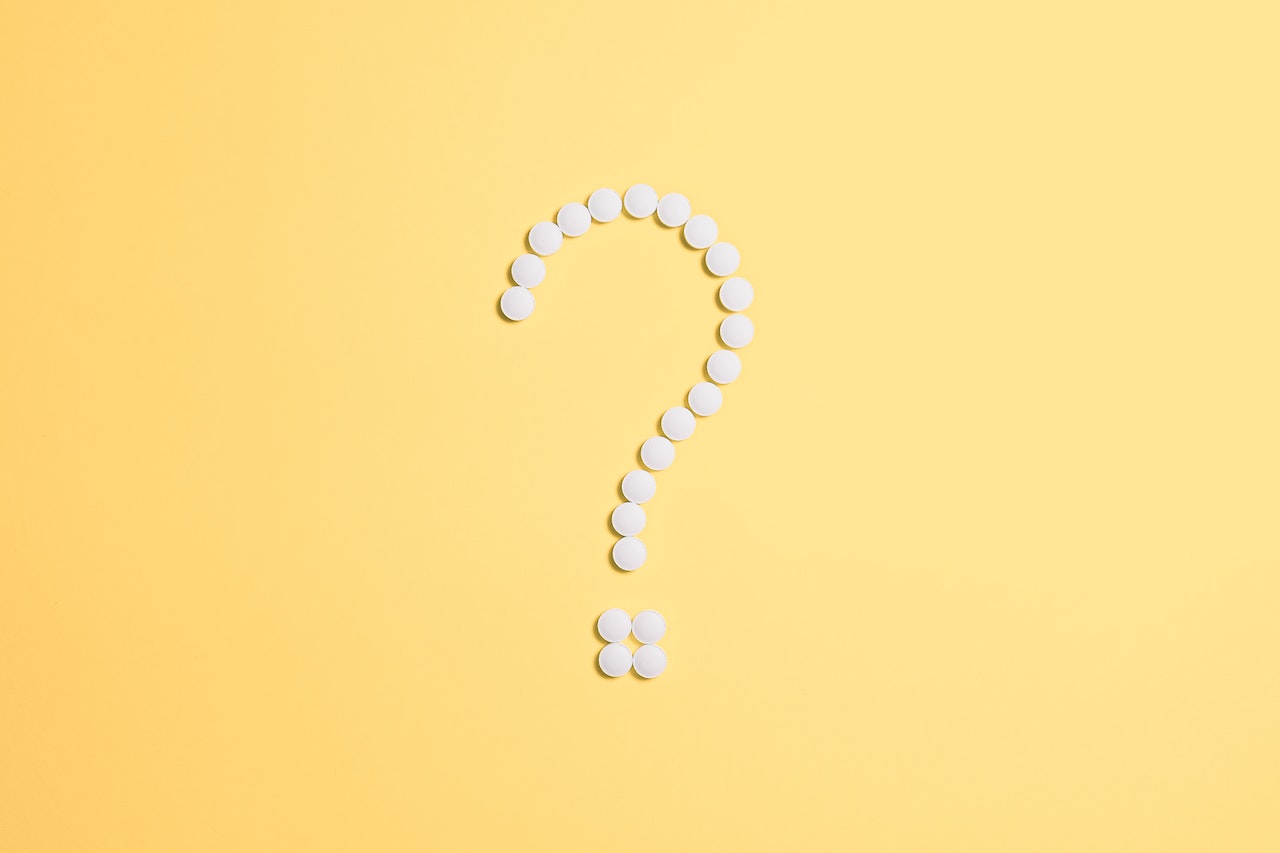White noise! Pink noise! Brown noise! What do all of these colors mean?
White noise is any continuous background noise from utilities—TV or radio static, a fan or AC unit—or from the environment, like the sea or a motorway. In recent years, artificial white noise has also been made possible by using a sound machine, mobile app, or through YouTube videos.
For many people with ADHD, steady background noises will improve concentration and fixation on given tasks1 because it blocks out otherwise distracting and unwanted background noises. At the same time, white noise is suspected to stimulate dopamine production in the brain.2
Too long, didn’t read
- A steady background noise improves concentration in people with ADHD.
- There’s a counterintuitive effect called stochastic resonance (SR) that's believed to improve ADHD symptoms in combination with (white) noise.
- SR means that an otherwise undetectable signal is more easily detected if white noise is added.
- Another concept uses optimal stimulation theory, which suggests everybody has an optimal level of stimulation; ADHDers often need added stimuli to reach optimal levels.
- The perfect noise is different from one individual to another, so the best approach is testing different sounds until you find the one that helps the most with concentration and focus.
More noise for more concentration?
Anecdote: When I was in high school, I hid an ear phone in my sleeve to listen to music during boring lectures. But instead of comfortably dozing off during biology class (like my teachers suspected), I found myself listening and paying attention... more than ever.
Since then, I’ve never again worked without music or some sort of white noise in the background.
In fact, there’s more than anecdotal evidence to support the conclusion that background noise helps ADHDers to improve their focus. A series of studies have suggested that white noise can also improve memory functioning, reduce off-task behaviors, and exert positive effects on cognitive performance.3,4,5
The connection between white noise and its positive impact on ADHD symptoms
There are two similar models that can be used to explain the connection between white noise and how it improves cognitive and executive functions.
Stochastic resonance: neuroscience
Watch out! We're about to get real nerdy in this section.
In natural sciences, there’s a counterintuitive* phenomenon called stochastic resonance. Stochastic resonance (SR) can be defined as the statistical phenomena where signals that are normally too weak to be detected become detectable when a random (stochastic) noise is added.6
*The stochastic resonance phenomenon is counterintuitive due to the idea that signal detection (and therefore information absorption) actually increases when there are more sounds added to the environment.

For ADHD folks, you can think of the signal that is too weak to be detected as any boring task - an accounting task, for example.
In a silent environment, we're more likely to lose interest and momentum of carrying out the task, and shift our focus to something more stimulating, such as the birds chirping outside.
Now add white noise to the equation.
The signal from the boring task becomes (or stays) detectable, which translates to an increased likelihood of our continued focus on it. So now, we don't hear the birds outside—or they're just not as interesting as this modified task, thanks to stochastic resonance.
Um, science translation?
You can also explain it like this: For optimal focus, a certain level of stimulation or noise is needed. Neurotypicals with sufficient levels of dopamine generate enough internal noise to concentrate. ADHDers, on the other hand, do not.
To mitigate the effects of the low internal noise levels, you can add external noise to stimulate the sensors and achieve optimal levels of concentration.6
Optimal stimulation theory
Optimal stimulation theory is mostly known in the marketing world for its effects on – and ability to alter – consumer behavior. The American Dictionary of Psychology7 defines it as below:

What is my optimal stimulation level?
The optimal stimulation level varies from person to person; people may increase or decrease stimulation to meet their optimal level.8 It's more of a trial-and-error period, just as it is with the stochastic resonance theory.
This implemented theory on consumer behavior explains why—and which—music is played in stores to increase consumer purchases. But for the interested ADHD reader, this explanation may be more fitting:
If a given task doesn’t stimulate you sufficiently, you’ll seek increased stimulation... likely by abandoning the task for something more stimulating. Or you could add stimulation to the task by adding background sounds, like white noise or brown noise, thus improving concentration.
White noise helps with sleep
Another effect that has been reported about white noise? It helps with falling asleep. Not only for ADHDers – but for everybody!
Several studies have shown that white noise improves sleep quality as well as decreases the amount of time it takes to fall asleep. This was due to the white noise’s effect of masking other unwanted sounds.9,10,11
Another study found that, for ADHD children, white noise during sleep time even reduced the frequency of off-task behavior in the classroom; while white noise in the classroom furthered a less disruptive sleep. In other words, white noise positively affected the participants of the study even when they couldn't hear it anymore.12
What colors of noises are there?
There are several different colors for noises, such as red, pink, brown or black noise. The different colors refer to differences in frequency and bandwidth.
One study suggests that pink and red noise are best for concentration and work performance.13
Brown noise, on the other hand, has been popular on social media in recent months, but there isn't enough research on this color specifically to know if its effects are better than that of red, white, or pink noise.
Where do I find brown (or white) noise?
There are many noise generators that can be used to create any kind of background sounds. You can buy them on a website like Amazon, or you can find free apps in the app store. Some people prefer natural sounds like waterfalls or rain, others prefer ambient sounds, such as a fire crackling.
On an internet ambient mixer, there’s a great variety of ambient sounds. Many others can also be found on YouTube.
Heads up! If you have auditory sensitivity, you may want to skip the natural or ambient sounds because you’re more likely to find the “loop” in the audio and hyperfixate on it.








